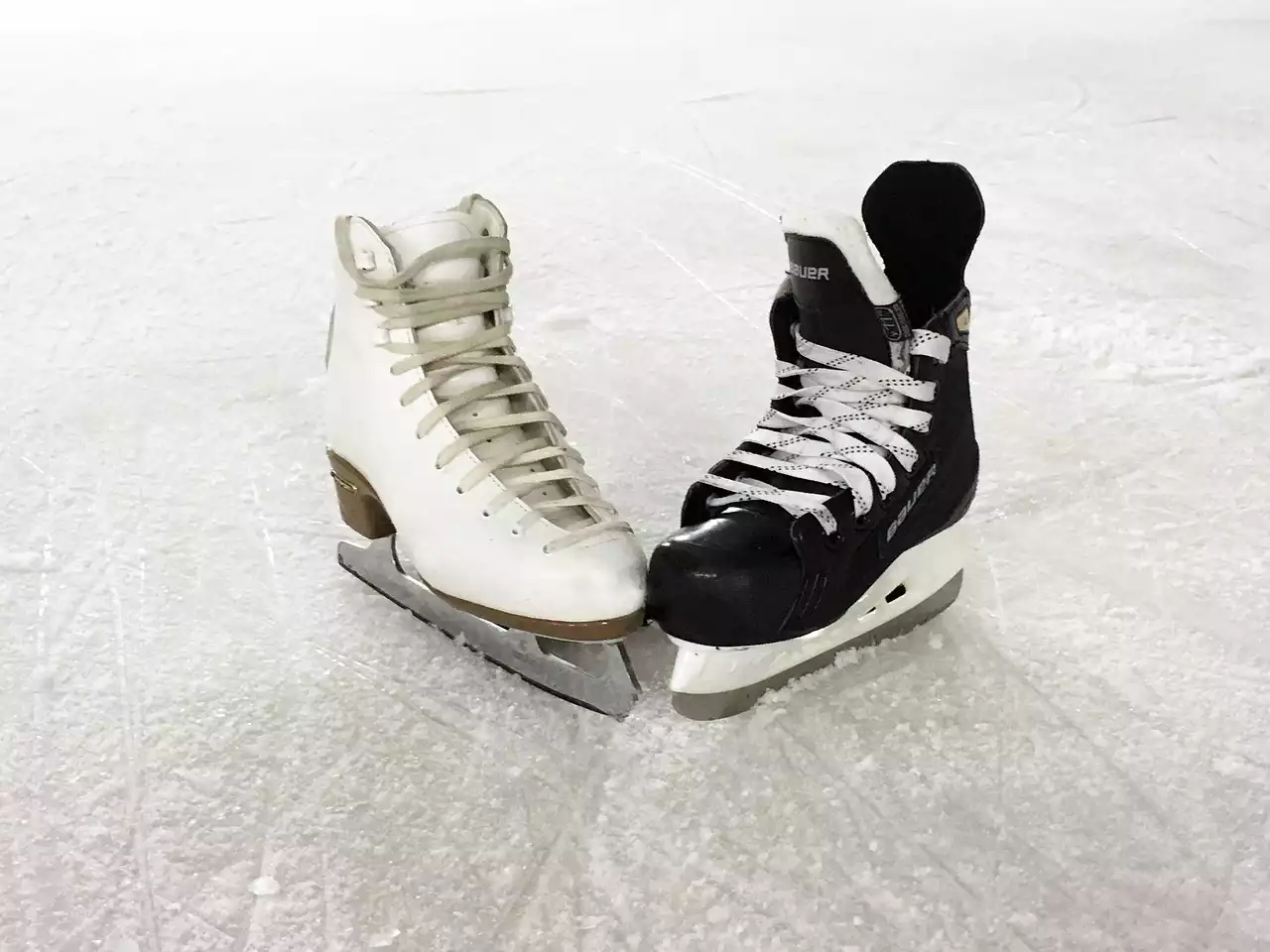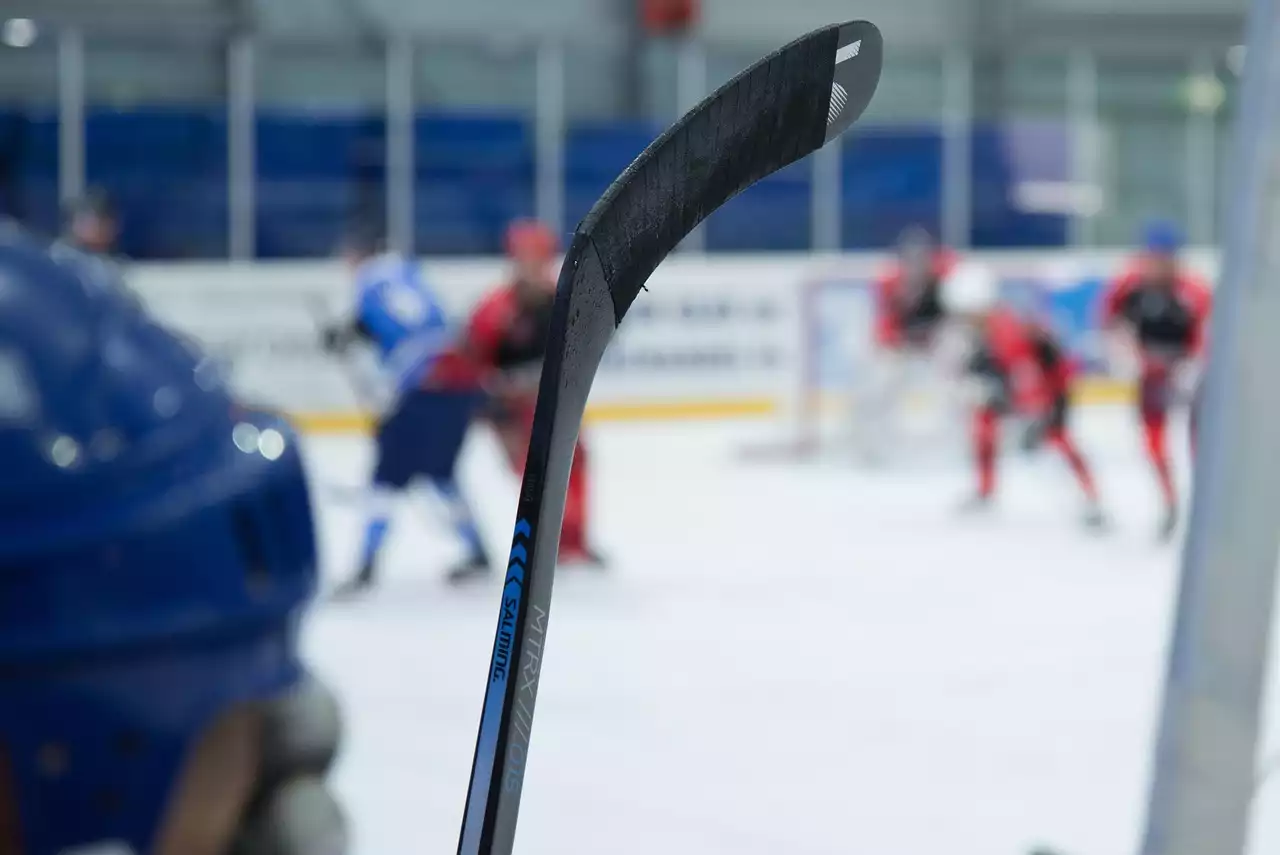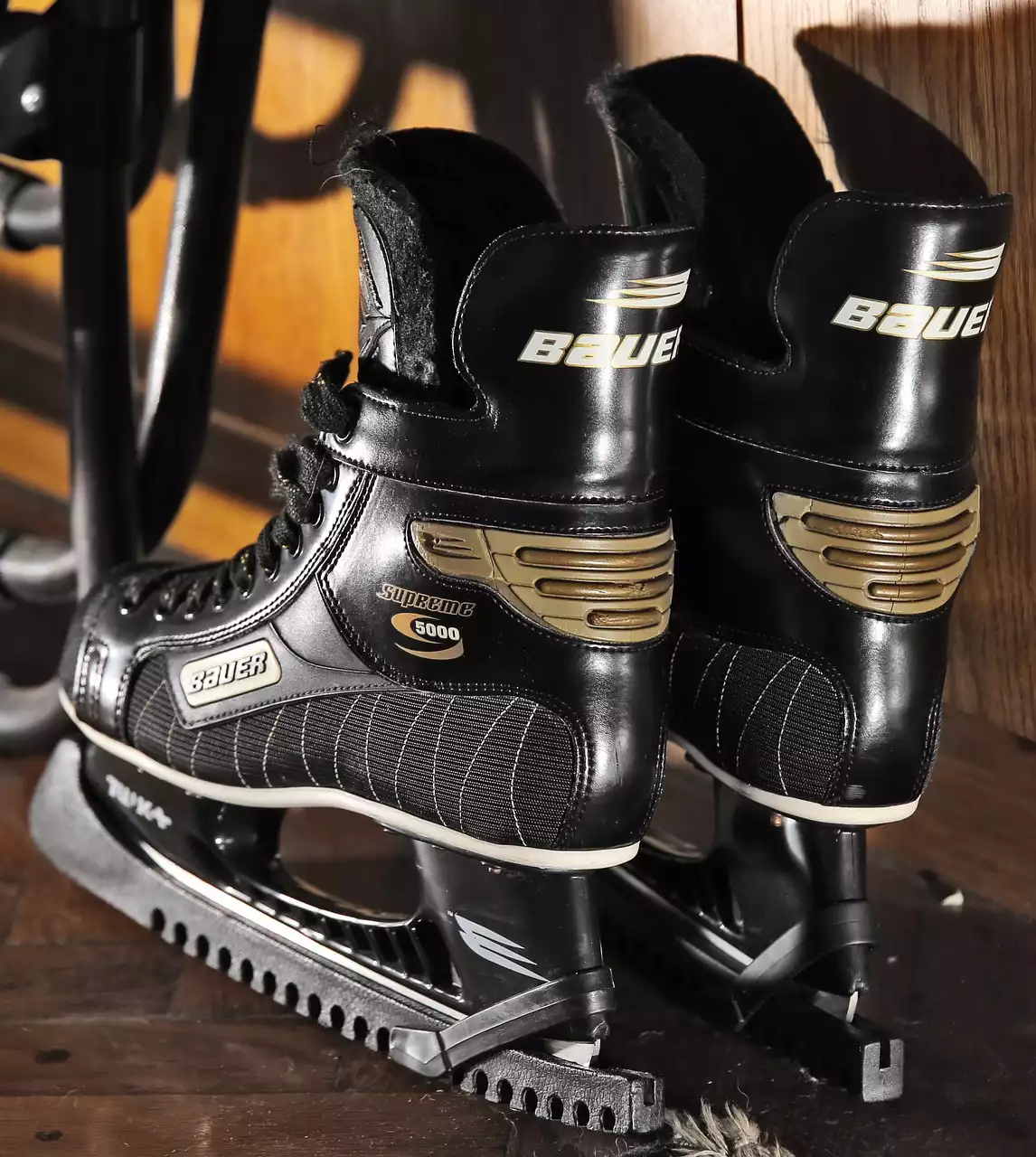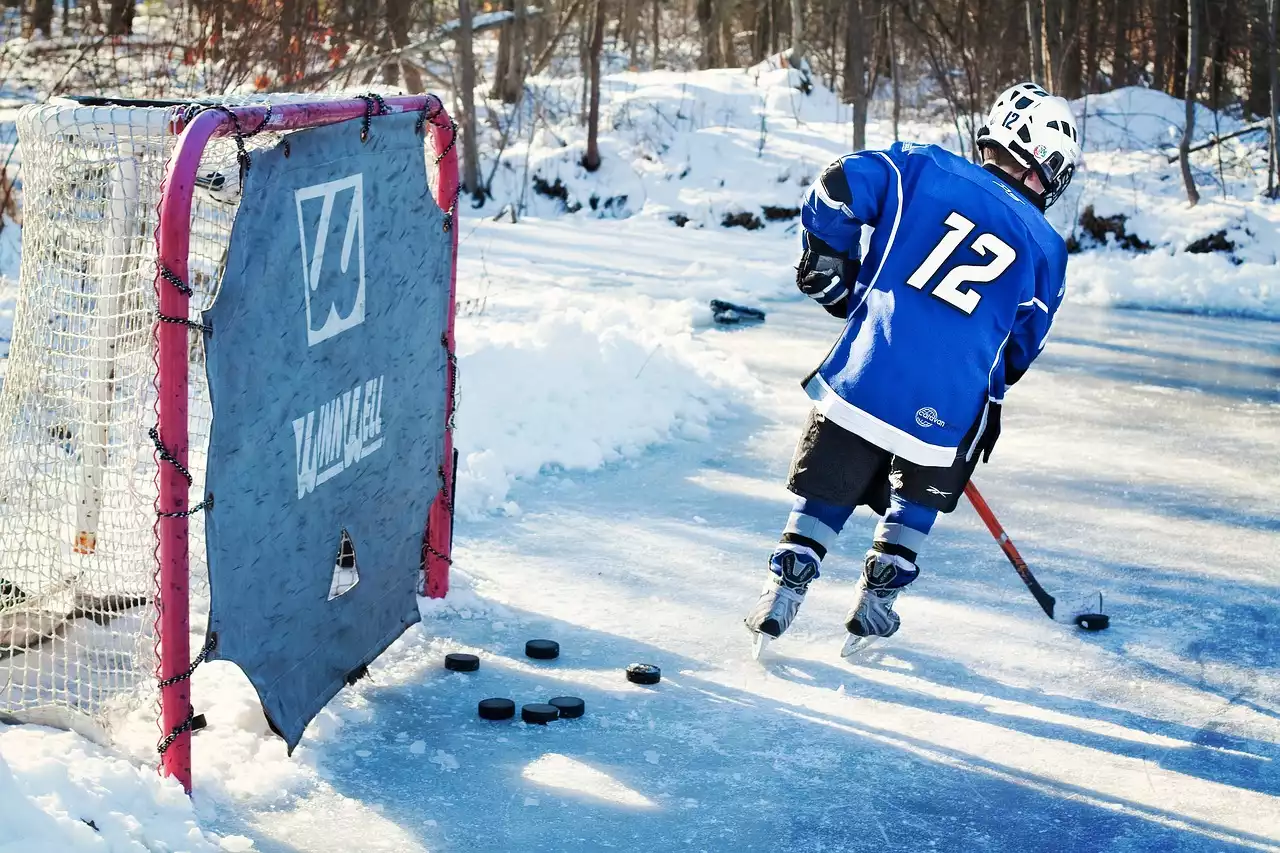What is the Rink and Ice Surface?
The rink is an ice surface, usually composed of ice, used for ice hockey and other sports. It is typically a rectangular shape, with rounded corners and two goals at either end. The rink is surrounded by a wall or boards of some sort and is usually surrounded by seating for spectators. The ice surface is marked with several lines and circles, which denote the various zones and areas on the rink.
The goal areas are the areas at either end of the rink, where the goals are located. These areas are also marked with creases that denote the goal line and the crease line. The blue lines are two lines that divide the rink into three zones, and they are used to define the offside and icing rules. The center line is a red line that divides the rink into two halves and is used to denote the center of the rink.
The Goal Areas
The goal areas are the areas at either end of the rink, where the goals are located. These areas are also marked with creases that denote the goal line and the crease line. The goal line is a red line that marks the edge of the goal area and is used to denote the end of the rink. The crease line is a blue line that marks the edge of the goal area and is used to denote the point at which a player can legally enter the goal area. In addition, the goal area is marked with a semi-circle that denotes the goal crease and is used to denote the area in which the goaltender is allowed to play.
The Blue Lines
The blue lines are two lines that divide the rink into three zones, and they are used to define the offside and icing rules. The blue lines denote the offensive and defensive zones and the area between them is known as the neutral zone. The offside rule states that a player must not be in the offensive zone before the puck crosses the blue line. The icing rule states that a player must not shoot the puck across the red center line and past the goal line before it is touched by another player.
The Center Line
The center line is a red line that divides the rink into two halves and is used to denote the center of the rink. This line is also used to determine the offensive and defensive zones. The center line is also used to denote the offside and icing rules. In addition, the center line is used to define the area in which the goaltender can play.
Offensive, Defensive, and Neutral Zones
The offensive zone is the area of the rink that is located to the left of the center line and is used for attacking the opposing team's goal. The defensive zone is the area of the rink that is located to the right of the center line and is used for defending the opposing team's goal. The neutral zone is the area between the two blue lines and is used for positioning and passing the puck.
Strategies for Utilizing the Rink and Ice Surface
One of the most important strategies for utilizing the rink and ice surface is to use the goal areas to create scoring opportunities. It is important to be aware of the position of the defensive players and to use the goal crease to move the puck into the scoring position. Additionally, it is important to use the blue lines and center lines to move the puck into open space. This will create time and space for the offensive team to make plays.
Another strategy is to use the offensive and defensive zones to create opportunities for offensive and defensive play. In the offensive zone, the goal is to move the puck toward the opposing team's goal and create scoring opportunities. In the defensive zone, the goal is to deny the opposing team's scoring opportunities by using the boards, blue lines, and crease lines to limit their movement.
Tips for Playing on the Rink and Ice Surface
When playing on the rink and ice surface, it is important to be aware of the position of the defensive players and to use the goal crease to move the puck into the scoring position. Additionally, it is important to use the blue lines and center lines to move the puck into open space. This will create time and space for the offensive team to make plays.
It is also important to use the boards and corners of the rink to your advantage. The boards protect from opposing players and can be used to move the puck into open space. The corners of the rink can be used to create angles and angles can be used to surprise the opposing team.
Finally, it is important to be aware of the position of the goaltender and to use the goal crease to your advantage. The goaltender is the last line of defense and it is important to be aware of their position and to use the goal crease to create scoring opportunities.










.png?size=50)